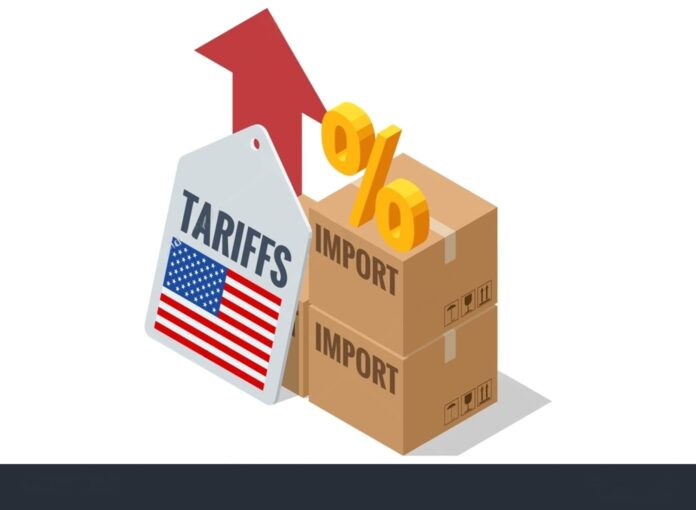Trade Shakeup:
- U.S. slaps 25% tariff on imported medium and heavy-duty trucks.
- Move aims to boost local manufacturing and shield truck makers.
- Canada, Mexico partially spared via trade pact; industry debates impact.
New Tariffs Begin:
On November 1, 2025, the U.S. imposed a 25% tariff on all imported medium and heavy-duty trucks, implementing a much-anticipated Trump administration trade policy. The announcement—made by President Trump and outlined in an executive order—comes as part of a broader push to safeguard American industries and jobs from what the administration calls “unfair foreign competition.” The tariffs also apply to trucks’ major components, although certain exemptions exist for trucks and parts compliant with the U.S.-Mexico-Canada Agreement.
Why It Matters:
The new duties immediately raise the price of foreign-manufactured trucks and could influence the commercial vehicle market, logistics sector, and fleet operators nationwide. While Trump’s supporters hail it as a win for major American manufacturers like Freightliner and Kenworth, critics—including the American Trucking Associations—warn of higher prices, trade retaliation, and disrupted supply chains. Some automakers may localize assembly or seek global cost-offsets to remain competitive.
Industry and Economic Outlook:
Although U.S. companies hope for more factory jobs and market share, the immediate effect may be higher equipment costs across shipping, construction, and infrastructure. Exemptions for Canada and Mexico-provided vehicles through the USMCA offer some flexibility, and the Commerce Department is rolling out cost-offset programs for qualified manufacturers.
Takeaway:
The new tariffs are a pivotal policy test—will they revitalize American truck manufacturing, or will price hikes ripple through the wider economy? Truckers, businesses, and global partners will be watching closely.
Sources


